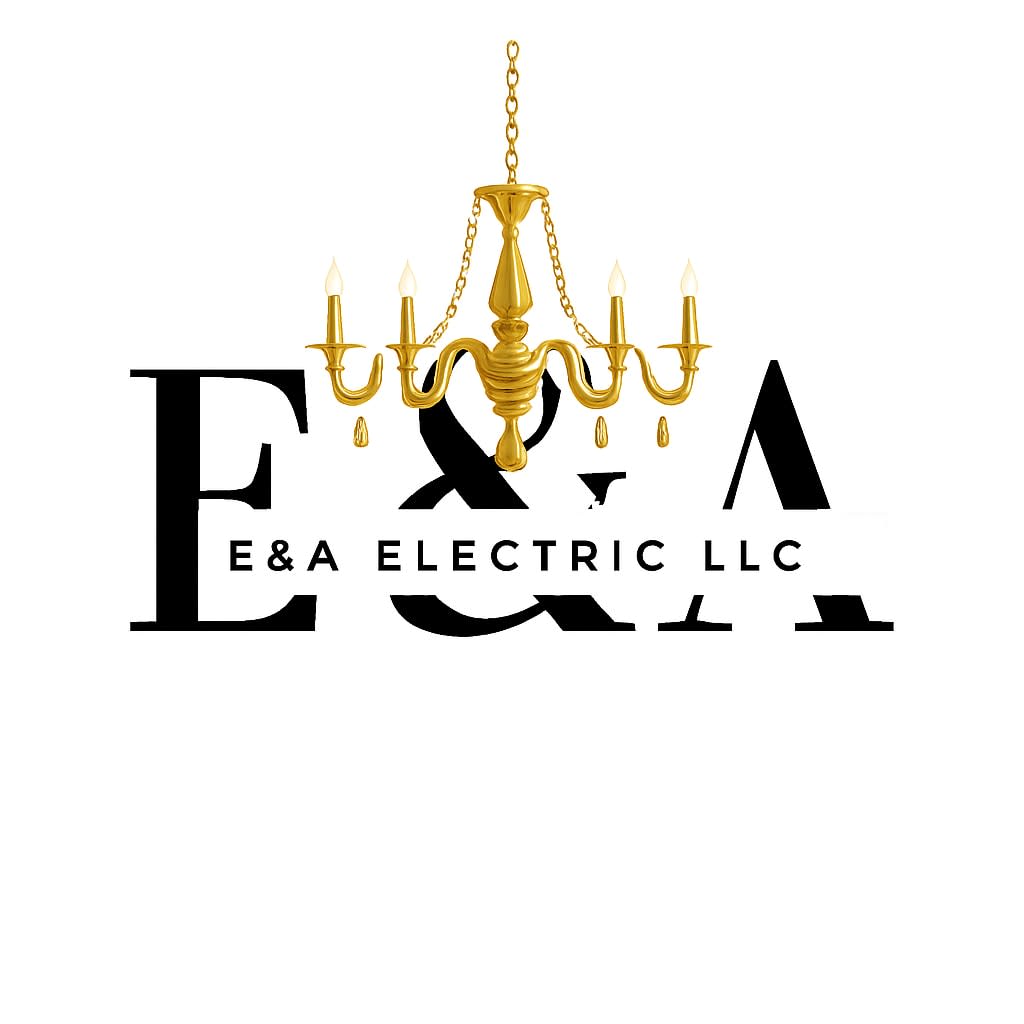How Zoos Use Electrical Systems to Keep Animals (and Visitors) Safe

Zoos, wildlife sanctuaries, and animal habitats are designed to be both safe and educational spaces. Behind the scenes, sophisticated electrical systems help maintain animal well-being and ensure visitor safety. From securing enclosures to controlling climate conditions, electricity plays a crucial role in creating environments where both animals and humans can coexist safely. Let’s take a closer look at how zoos use electrical systems to enhance security, animal care, and visitor experience.
1. Enclosure Security and Safety
Animal enclosures, especially for large or potentially dangerous animals, require secure electrical systems to prevent escape and ensure safety.
- Electric Fencing: Zoos often use electric fences to reinforce barriers and deter animals from attempting to escape. These systems deliver a non-lethal shock that is designed to be uncomfortable but not harmful to the animals. They are crucial for keeping larger animals, such as elephants or big cats, within their designated areas.
- Perimeter Surveillance: Zoos rely heavily on electrical surveillance systems, such as motion sensors and cameras, to monitor animal activity within enclosures. These systems help zookeepers keep track of animals and detect any unusual behaviors or security concerns, ensuring that both the animals and the visitors are safe.
2. Climate Control for Animal Comfort
Maintaining the right environment for animals is vital to their health and well-being. Electrical systems control temperature, humidity, and lighting to simulate the animals' natural habitats.
- Heating and Cooling Systems: For animals that come from tropical or temperate climates, climate control is crucial. Zoos install heating and cooling systems, such as underfloor heating or air conditioning, to regulate temperature in enclosures. Reptile houses, for example, rely on electrical heating elements to keep the environment warm and cozy.
- Lighting: Proper lighting is essential for animal activity. Many zoos use specialized lighting systems to simulate natural day/night cycles, especially for nocturnal animals. In addition, UV lighting is crucial for reptiles and amphibians, helping them maintain their health and facilitating natural behaviors.
3. Water Systems and Aquatic Environments
Aquatic environments, such as those for penguins, dolphins, or fish, require precise electrical systems to keep water clean and properly filtered.
- Water Filtration Systems: Electric-powered filtration systems keep the water in aquariums or large tanks clean and oxygenated. This ensures that aquatic animals, such as fish and sea mammals, live in a safe and healthy environment. The filtration system helps regulate the temperature, pH levels, and cleanliness of the water.
- Waterfalls and Fountains: In addition to filtration, many zoos feature electric-powered water features, like waterfalls and fountains, that simulate natural habitats for animals. These features provide enrichment for species and add an aesthetic element to zoo exhibits.
4. Visitor Safety and Comfort
Visitors are also a priority in zoos, so electrical systems must keep them safe while ensuring they have a pleasant experience.
- Lighting for Public Spaces: Proper outdoor lighting is essential for ensuring that visitors can safely navigate the zoo, especially after dark. Well-lit pathways, exhibit areas, and seating spaces help prevent accidents and improve the overall visitor experience.
- Interactive Exhibits and Displays: Zoos use electrical systems to power interactive exhibits, such as touch screens, digital signage, and educational displays. These systems engage visitors, providing an immersive and educational experience while also supporting zoo efforts to raise awareness about animal conservation.
5. Emergency Systems and Backups
In case of an emergency or power failure, zoos must have backup systems in place to maintain the safety of both animals and visitors.
- Backup Power Systems: Zoos rely on backup power systems, such as generators or uninterruptible power supplies (UPS), to ensure that essential systems, including lighting, heating, and animal monitoring systems, continue to operate during power outages. This is especially important for keeping life-supporting equipment in zoos’ aquariums and animal enclosures functioning during an emergency.
- Fire Safety and Alarm Systems: Electrical fire alarm systems, smoke detectors, and emergency lighting are installed throughout zoos to quickly alert staff to potential fires and guide visitors to safety.
6. Animal Enrichment and Training
Electrical systems also contribute to animal enrichment, providing mental stimulation and aiding in training.
- Automated Enrichment Devices: Some zoos use electrically powered devices to engage animals, encouraging natural behaviors like problem-solving. These could include mechanical toys, food dispensers, or water fountains designed to interact with the animals and keep them mentally stimulated.
- Training Tools: Electrical tools like training collars or remote-operated devices help trainers communicate with animals during training sessions, allowing them to reinforce behaviors and provide positive reinforcement.
Conclusion
The electrical systems in zoos and animal habitats play a vital role in ensuring the safety and comfort of both animals and visitors. From security fences and climate control systems to interactive exhibits and backup power, these systems help create an environment where both humans and wildlife can thrive. Understanding how zoos integrate electrical components into their operations not only builds authority for your expertise in this field but also positions you as a valuable partner for providing safety-focused electrical services to wildlife centers, petting zoos, and sanctuaries.
Contact Us
Get in Touch with Our Team
Have an electrical issue or question? Don't hesitate to reach out to our team at E&A Electric LLC. Whether you need help with a specific problem or just want to learn more about our services, we're here to help.
